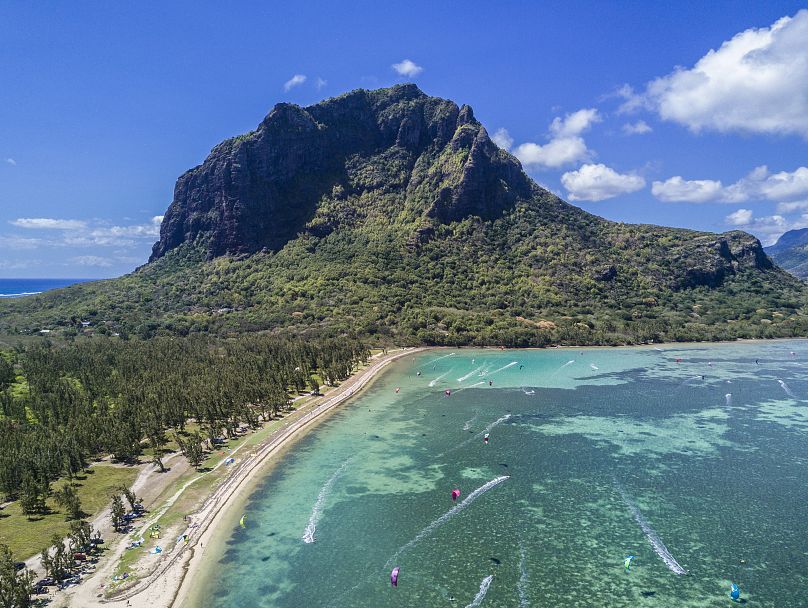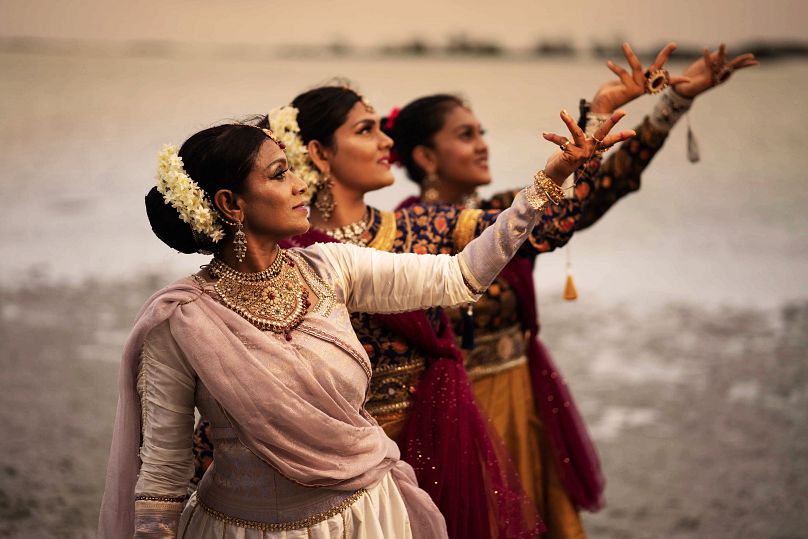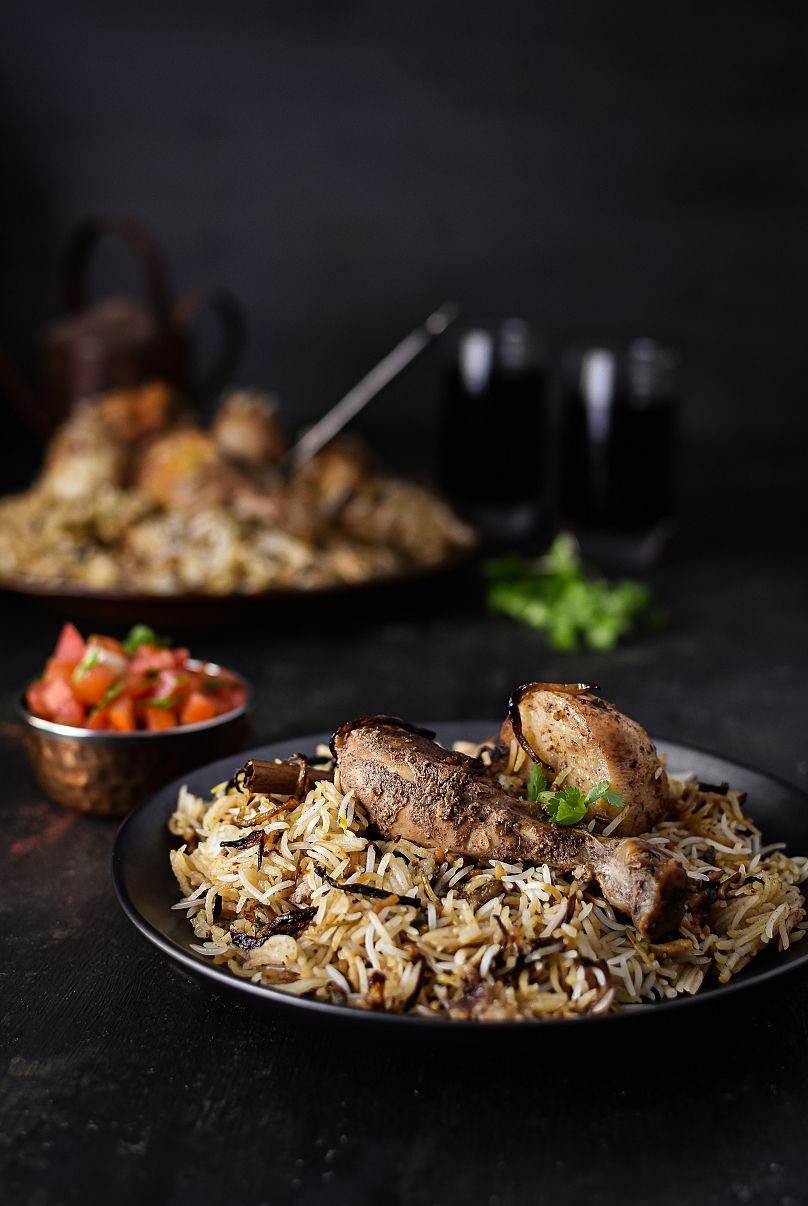Centuries of migration and colonial influences have shaped the island of Mauritius to make it one of the fascinating countries on earth.
Ruled at various points in its history by the Portuguese, the Dutch, the French and the British, it is nowadays home to a variety of ethnic groups, each contributing to the social and cultural fabric of the island.
Its festivals, languages, religions and cuisine reflect this eclectic mix of influences, while its museums and architecture offer a fascinating insight into a complex history of colonialism, sugar plantations, slavery and, ultimately, independence.
Famed throughout the world for its virgin beaches and extraordinary biodiversity, Mauritius has far more to offer the visitor than its natural assets.
Island attractions
The island’s capital, Port Louis, is a living patchwork of cultures, which is nowhere more evident than in its Chinatown quarter, sitting next to the ornate white Jummah Mosque. The friendship gates and streets of Chinese groceries come alive during the Chinese New Year, with parades and dragon dances under strings of lanterns.
Nearby is the covered Central Market, where you’ll find everything from tomatoes to t-shirts. Pick up the ingredients for a picnic, sample the street food in its food hall or simply take in the sights and smells.
Also in Port Louis is the Blue Penny Museum, which houses two of the rarest stamps in the world, the Mauritian ‘Post Office’ stamps – issued in 1847 and worth millions of dollars. A philatelists’ paradise, it also doubles as a history museum, with a collection of antique maps, paintings, sculpture and photos that tell the history of Mauritius’ colonial past.
One of the more poignant reminders of the island’s history is the UNESCO-protected Aapravasi Ghat, also in Port Louis, which once functioned as the immigration depot for Indian labourers shipped in under Britain’s indentured-servant scheme and sent out to sugar plantations throughout the Empire.
The majority of Mauritians are descendants of these Indians, so the site has profound significance for local people.
Another moving reminder of the past is Le Morne Brabant, another UNESCO World Heritage Site. A small but difficult to access mountain, it was once a refuge for runaway slaves, known as ‘maroons’.
Nowadays visitors can hike to the peak with guides, who tell the story of the tragic day in 1835 when soldiers climbed the hill to tell the maroons that slavery had been abolished, but the slaves saw them coming and threw themselves from the top in fear.
Examples of colonial architecture are dotted across the island, but a couple of the best are the Creole house-museum Eureka (which now also houses a restaurant) in Moka, and the stunning Château de Labourdonnais. This 19th-century colonnaded mansion is visitable with a guided tour, after which you can take a mini-train around the grounds.
Many of these houses were built with the proceeds of the sugar cane plantations, which remain to this day. L’Aventure du Sucre is a museum housed in a former sugar factory. It tells the story of Mauritius’ sugar industry and its importance to the island over the last 250 years. There’s more to it than just history, however, and kids love the activity trail.
Where tradition and diversity meet
Mauritius fascinating past is evident in more than its buildings. Geet-Gawai is a ceremony blending Bhojpuri folk song, music, dance and rituals that dates back to the Indian indentured labourers who arrived in the 19th century.
Performers play the dholak (a two-headed drum), harmonium and manjira (small cymbals), and the lyrics describe themes of love and social values. Traditionally performed at weddings within the Bhojpuri-speaking community, Geet-Gawai is increasingly performed for the public.
Sega is another vibrant performing art, representing yet more of Mauritian multiculturalism. Like Geet-Gawai, Sega has been recognised on the UNESCO list of Intangible Cultural Heritage. Involving music, dance and storytelling, Sega is part of Creole traditions, with songs and choreography that everyone is encouraged to take part in.
Sega songs are usually sung in the Mauritian Creole language, but sometimes blended with other languages used locally, such as Bhojpuri, French or English, a mix of which you’ll hear on the streets, along with Tamil, Chinese and other tongues.
You’ll also come across a blend of styles when it comes to Mauritian cuisine, which combines dishes from France, Africa, India, China and many other countries. Biriyani rice dishes and samosas are popular all over, along with Chinese fried rice, noodles and spring rolls.
French daubes (stews), coq au vin and salade niçoise are also common, along with croissants and baguettes.
Many dishes, however, take in these influences but are unique to Mauritius. Dholl puri (roti bread normally stuffed with lentils or curry and a spicy tomato sauce) is a popular street snack, as are gateaux piments (chilli fritters). Rougaille is a classic Franco-Creole blend of tomato and spices, served as a main course or an accompaniment to many dishes.
The islands festivals are no less eclectic. Eid is celebrated at the end of Ramadan with feasts and prayers and Diwali, the Hindu festival of light, is held every autumn. Chinese New Year is a colourful affair, particularly in Port Louis, and Cavadee is celebrated by the Tamil community in January or February and marked by pilgrims carrying wooden structures adorned with flowers and coconut leaves.
These experiences are all part and parcel of what makes Mauritius so unique. Added to the beauty of its natural landscapes and vast array of activities, the island’s blend of cultures makes for a bewitching whole, and an experience unmatched anywhere else on earth.




